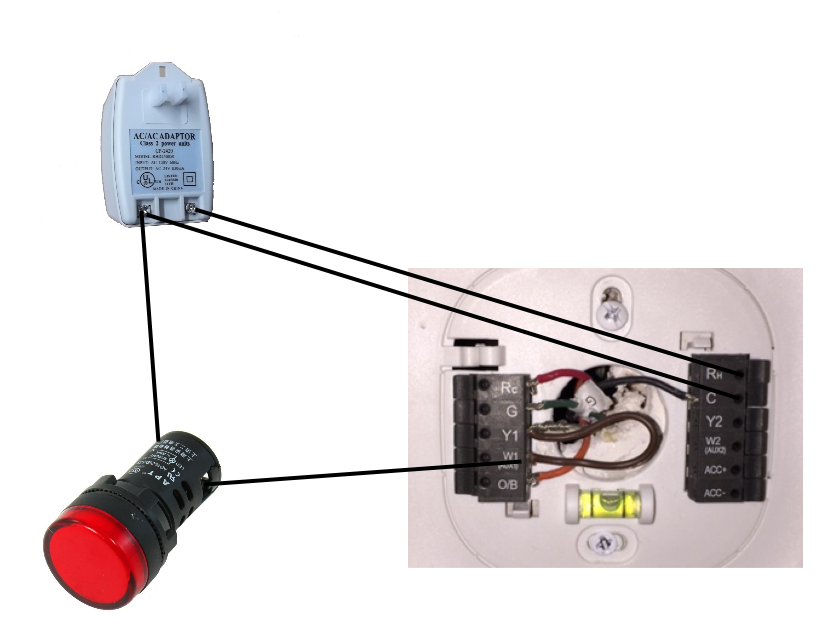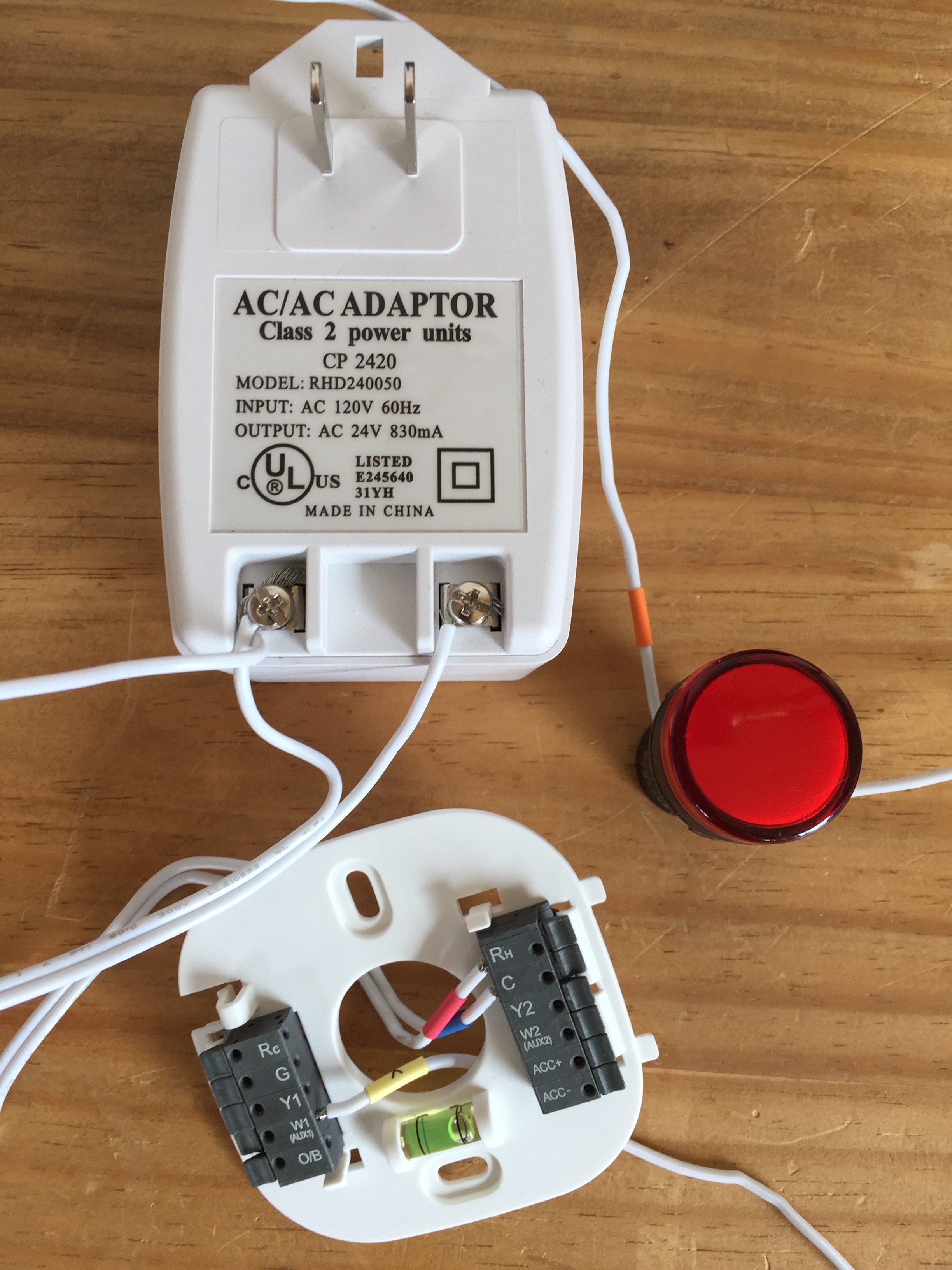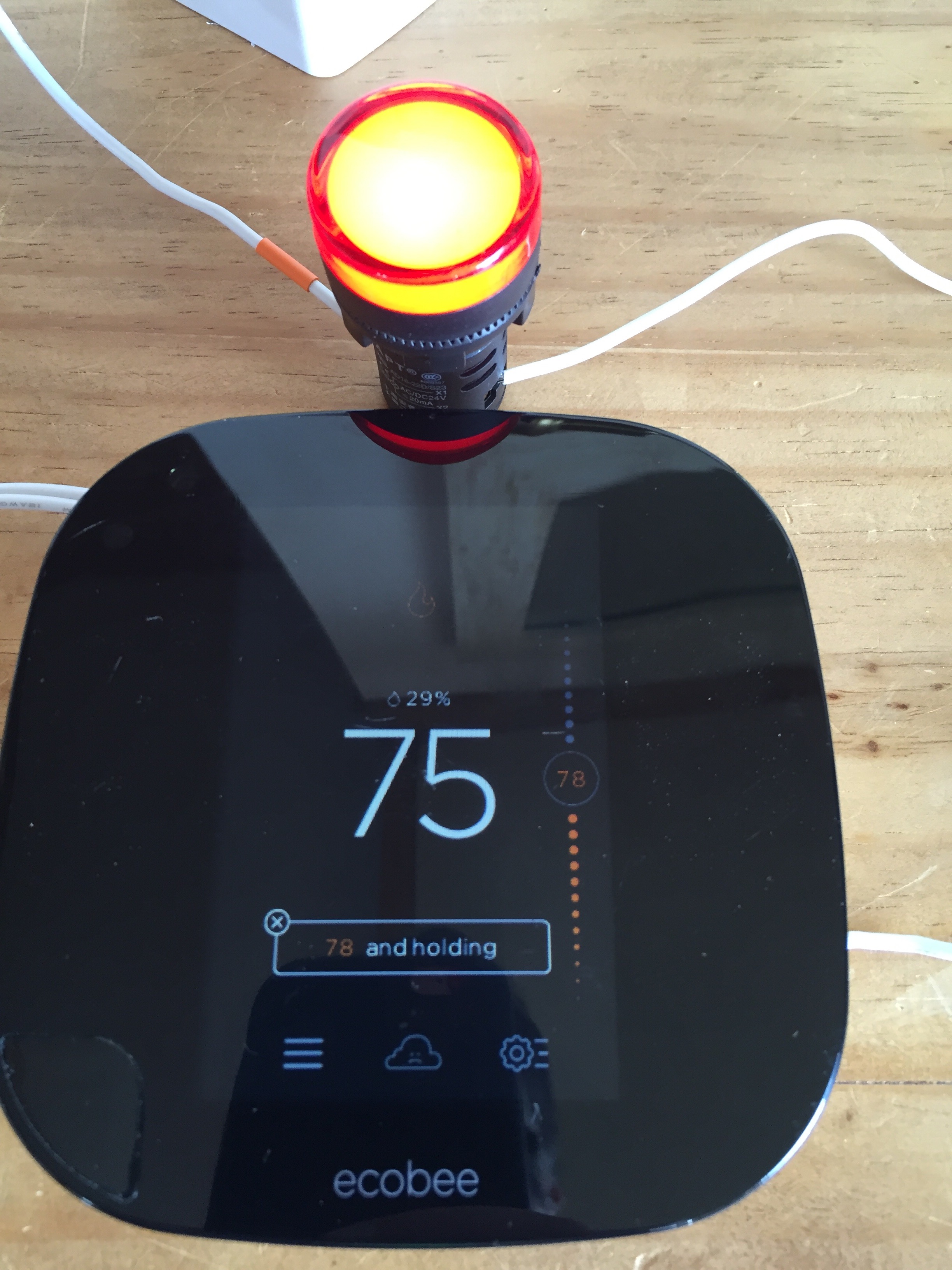Building a Mock HVAC for Smart Thermostat Demos
Here's a handy tutorial that shows you step-by-step how to set up and wire a mock HVAC system for shows on the road.
Join the DZone community and get the full member experience.
Join For FreeRecently, I needed to create a mock HVAC system so that I could have a portable smart thermostat for various demos. I searched around but couldn't find any such thing. So, with some sleuthing and the help of my friend Bruce Eckel, I was able to build a simple system that powers a smart thermostat and simulates a heating system. This post will document how to do this in case anyone else ever needs such a thing.
Modern HVAC systems typically provide 24-volt AC power to thermostats, so the first thing you will need is a 120-VAC-(wall power)-to-24-VAC transformer. I used this one.
Then, you'll need something that can simulate a single-stage heating system. A smart thermostat uses 24-volt AC to flip on and off a relay (the electronic component that uses one power current to toggle another, usually stronger, current). I could have used an actual relay for this, but decided to go with something easier, a red LED light that runs on 24-volt AC.
For my smart thermostat, I used an ecobee3 (due to their REST APIs), but a Nest should work as well.
Now, to wire it together, pick a terminal on the transformer to be the "common" and run two wires, one to the LED and one to the "C" terminal on the smart thermostat. Then, run a wire from the other side of the LED to the "W1" terminal on the smart thermostat. And finally, connect the other terminal on the transformer to the "Rh" terminal on the smart thermostat. Like this:

Here is what it looks like wired together:
Once the smart thermostat is powered on and set up, the LED should turn on when the "heater" is on:
And turn off when the heater is off:
I hope that helps someone out. Let me know if you have any questions!
Published at DZone with permission of James Ward, DZone MVB. See the original article here.
Opinions expressed by DZone contributors are their own.

Comments